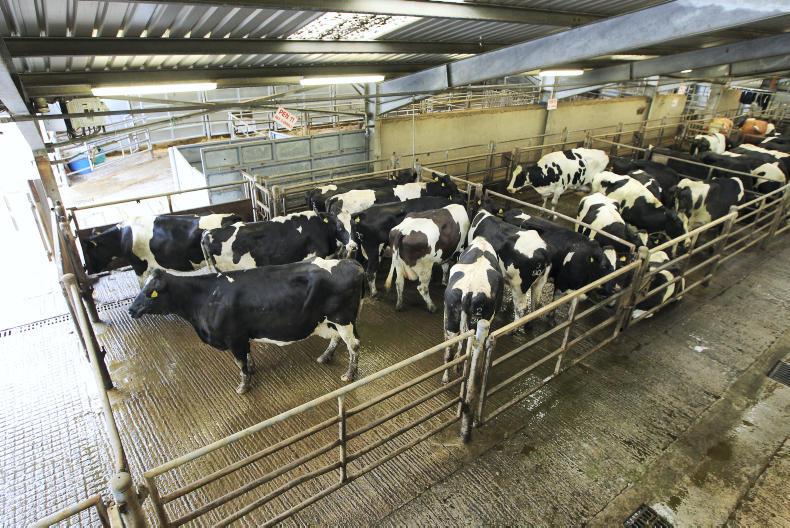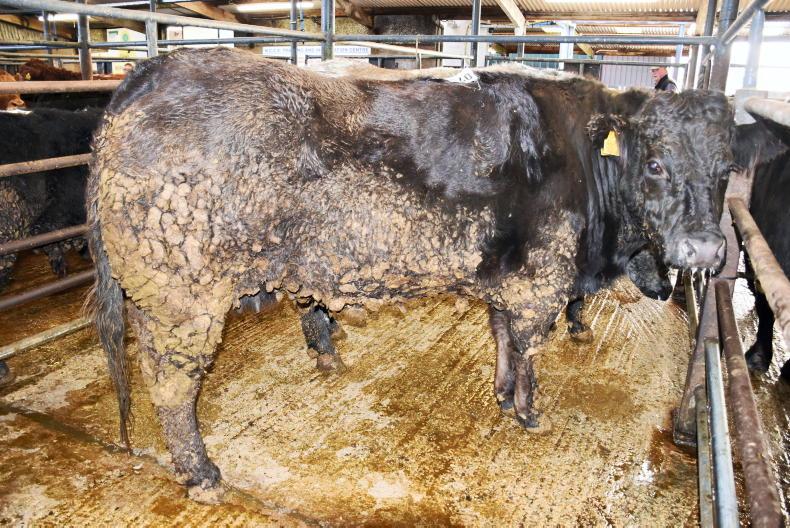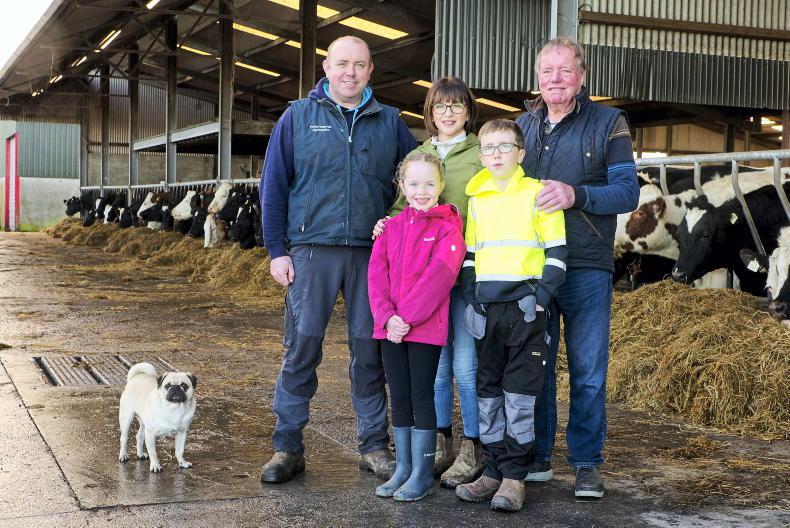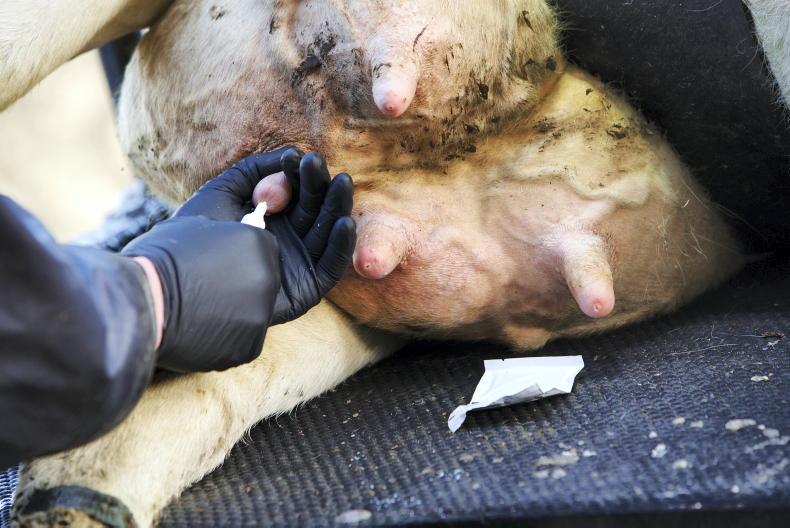With many herds doing end-of-season pregnancy scanning, the question is what to do with cows that are not in calf.
In a normal year, there are two real options; sell now or milk on and sell later.
What to do this year depends on the feed situation on your farm, both now and in the winter.
Selling
If grass is still tight due to soil moisture deficits and/or winter feed is scarce, there is no choice but to sell now, as this is your best way of reducing demand for silage.
Selling 10% of the herd now only impacts overall milk output for the farm by 1.3%, so the cost in terms of lost milk will be small.
However, the gain in terms of saved grass and silage will be a lot bigger.
If selling in the mart, the cows should be dry. Farmers buying these cows don’t want to buy cows in milk because it causes too many problems.
Cows can be sold direct to the factory, but how much money they make depends mostly on carcase weight and conformation.
Price will make a difference, but if the carcase weight is small, then price won’t matter much.
Return for farmer
Looking at the kill sheet for last week, the majority of cows being killed are P-, with an average carcase weight of 213kg.
The price paid for these animals was €1.96/kg, generating a return to the farmer of €417/head.
In order to fatten cows, they would really need to be dried off, because milking uses up too much energy.
But the question is does it pay to fatten them?
They would need at least one month of intensive feeding (up to 10kg/day of meal) to put weight on.
If meat prices drop, the margin will be eroded
One month of intensive feeding will cost €70 in meal and €50 in silage, which is €120/head in total feed costs.
If the meat price is €2.60/kg, then the carcase would have to increase in size by 46kg to justify the extra feeding.
Cows will be on a low plane of nutrition after calving to dry them off, so they won’t gain much weight for the first week.
This adds to the time that they will be on the farm. If meat prices drop the margin will be eroded.
For me, feeding cows just to get them killed early is a risky strategy. It would probably make more sense to dry off cows and sell them at the mart than to get involved in trying to finish cows.
Drying off
Cows to be dried off should be taken off meal and put on a maintenance-only diet for a week.
These cows should be milked once a day for this week. On the last day, they should be milked out and given a short-acting antibiotic dry cow tube and a teat sealer.
Mastitis is a big risk with these cows, so it should be prevented as much as possible.
Move cows to a clean paddock with a low cover away from the milking parlour for the first week after drying off.










SHARING OPTIONS